Birds have fascinated humans throughout history not just for their ability to soar through the skies, but also for the mysterious powers many cultures attributed to them. Among these supposed abilities, perhaps none was more influential than their perceived capacity to predict future events. From ancient Rome to medieval Europe, from Indigenous American traditions to East Asian divination practices, birds were seen as messengers between worlds, harbingers of fate, and living oracles. This connection between birds and prophecy shaped religions, influenced military campaigns, and guided personal decisions for thousands of years before modern science offered alternative explanations for avian behavior.
The Ancient Practice of Ornithomancy

Ornithomancy, the art of divining the future through bird observation, ranks among humanity’s oldest formalized divination systems. Dating back at least to Bronze Age civilizations, this practice involved careful monitoring of bird flight patterns, behaviors, songs, and even their internal organs after sacrifice. Practitioners believed birds, with their ability to ascend toward the heavens, had special access to divine realms inaccessible to earthbound humans. This privileged position supposedly allowed birds to carry messages between gods and mortals, making them ideal prophetic vessels. The systematic codification of bird divination appeared across multiple ancient civilizations independently, suggesting something about avian behavior struck our ancestors as particularly significant for forecasting events.
Roman Augury: When Birds Guided an Empire
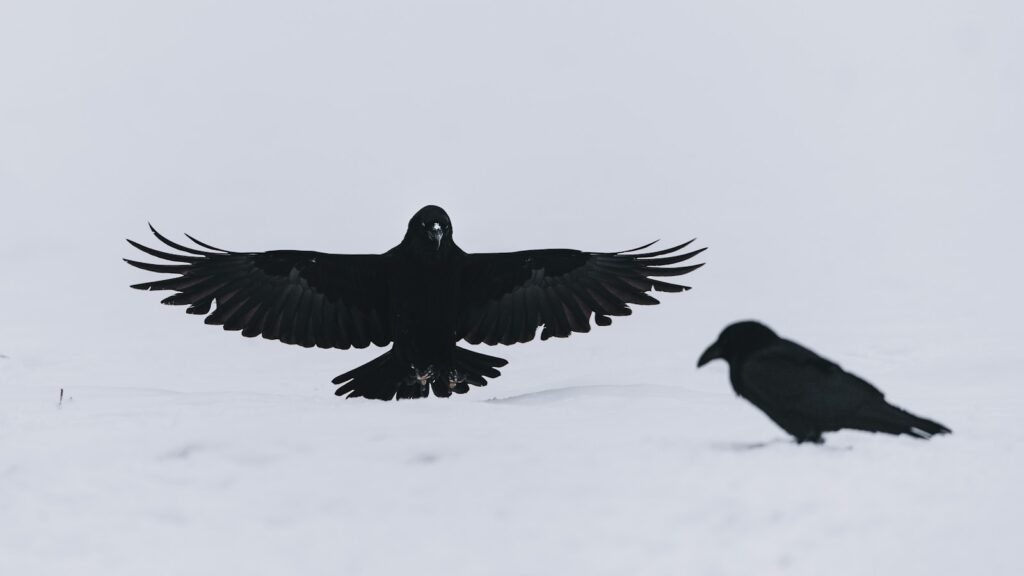
In ancient Rome, no major political decision, military campaign, or public building project could commence without consulting the auspices—signs from birds interpreted by specialized priests called augurs. These religious officials meticulously observed which species appeared, from which direction they approached, how they called, and most importantly, how they flew through designated sections of the sky called “temples.” Different birds carried different meanings: eagles and vultures were particularly significant, while ravens, crows, and owls often signaled caution or danger ahead. The practice was so entrenched that Roman generals maintained bird cages with sacred chickens whose eating patterns before battle were thought to predict outcomes. Historical records show that ignoring avian omens could have serious consequences—the commander Publius Claudius Pulcher famously lost a naval battle after throwing uncooperative sacred chickens overboard, declaring, “If they won’t eat, let them drink!”
Greek Ornithomancy and Zeus’s Messengers
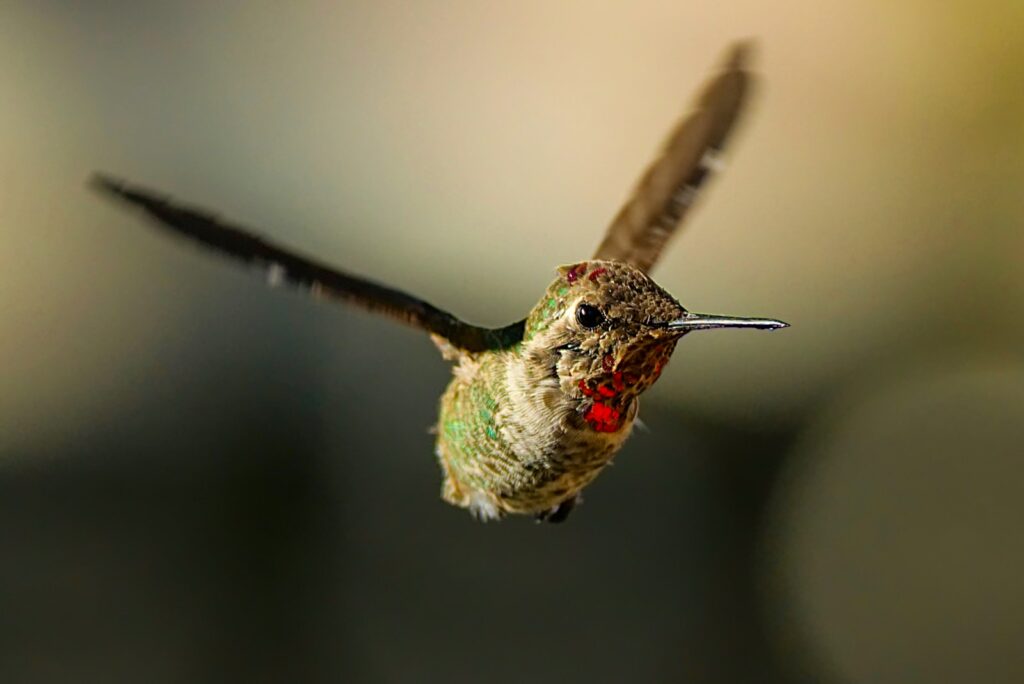
The ancient Greeks viewed birds as divine messengers, especially connected to Zeus, who was sometimes thought to transform into an eagle. Greek ornithomancy differed somewhat from Roman practices, placing particular emphasis on which side (left or right) birds appeared from—generally, birds from the right signified good fortune while those from the left warned of troubles ahead. Birds of prey held special significance in Greek divination, with the falcon considered Apollo’s sacred messenger and therefore particularly prophetic. The playwright Aristophanes even satirized society’s obsession with bird signs in his comedy “The Birds,” showing how deeply ingrained these beliefs were in everyday life. Greek diviners, like their Roman counterparts, accumulated generations of knowledge about bird behavior and developed extensive interpretative frameworks that influenced Western thought for centuries.
Meteorological Connections: Birds as Weather Prophets

Many ancient beliefs about birds’ prophetic abilities stemmed from their observable sensitivity to changing weather conditions. Long before barometers and weather satellites, humans noted how certain birds flew lower before storms, fell silent during atmospheric pressure changes, or gathered in unusual numbers before seasonal shifts. These behaviors, we now understand, reflect birds’ heightened sensitivity to barometric pressure, infrasound, and other environmental cues imperceptible to humans. Swallows flying low often indicated imminent rain, while seabirds coming inland suggested approaching storms at sea—predictions that frequently proved accurate. Farmers across cultures relied on these avian weather forecasters to time their planting and harvesting, developing sayings and folklore that preserved this knowledge through generations.
Ravens and Crows: The Dark Messengers
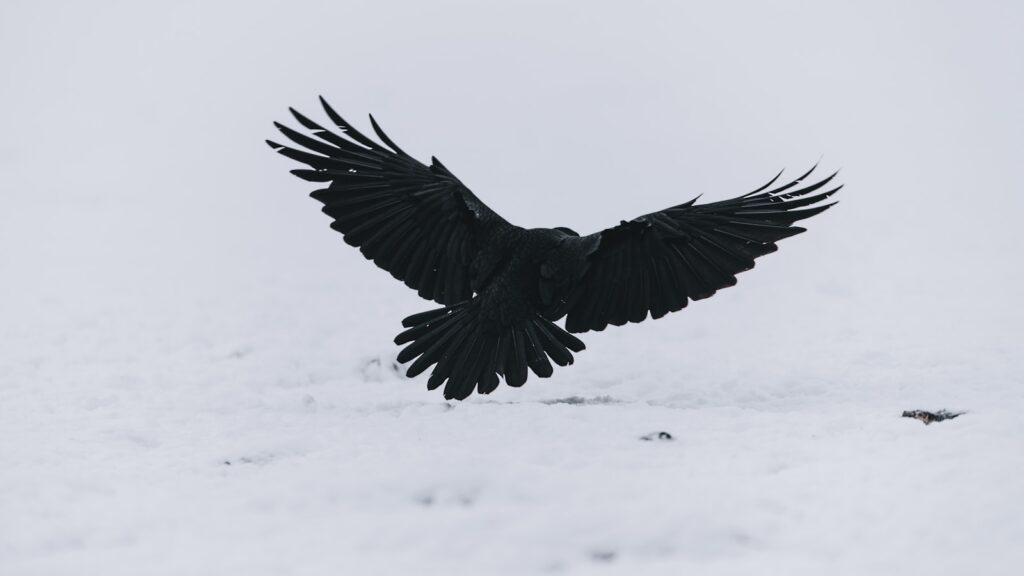
Corvids—particularly ravens and crows—occupied a special place in prophetic bird lore across Northern European, Celtic, and Norse traditions. Their intelligence, black plumage, and association with battlefields (where they would feed on the dead) connected them with death, fate, and otherworldly knowledge. Norse mythology featured Huginn and Muninn, the ravens of Odin who flew throughout the world each day, returning to whisper news and prophecies in the god’s ear. Celtic traditions similarly viewed ravens as messengers between worlds, while in medieval Europe, specific numbers of crows seen together spawned counting rhymes that predicted everything from future marriages to imminent deaths. The Tower of London still maintains ravens based on the ancient belief that their departure would cause the kingdom to fall—showing how these prophetic associations persist even in modern times.
Owls: Wisdom or Warnings?
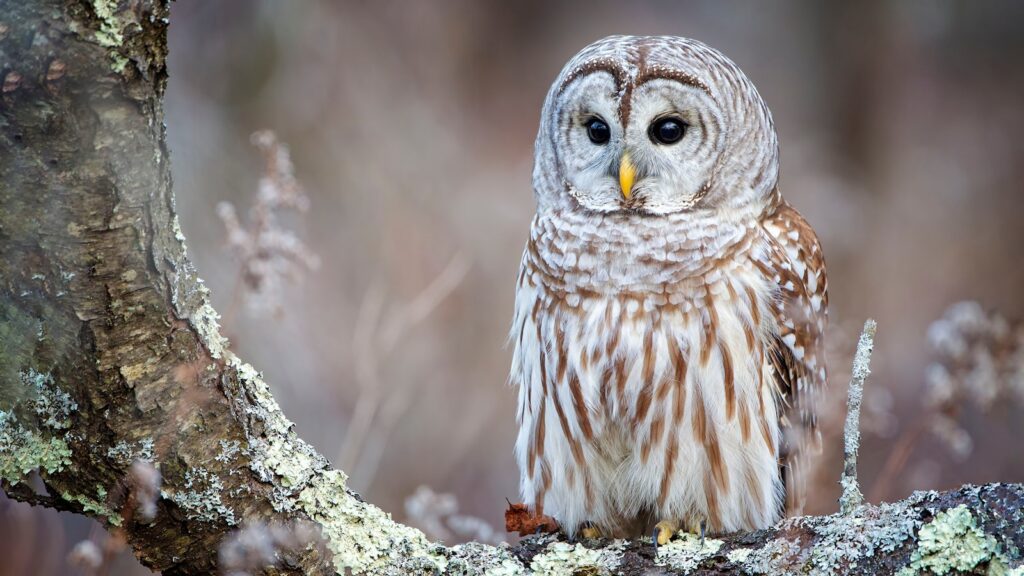
Across cultures, owls have provoked both reverence and fear for their perceived prophetic abilities, with their nocturnal habits and silent flight suggesting connections to hidden knowledge and the spirit world. In Ancient Greece, the owl was sacred to Athena, goddess of wisdom, and its appearance was generally considered favorable, even appearing on Athenian coins as a symbol of divine protection. However, in many other traditions, from Rome to Indigenous American cultures and throughout medieval Europe, the owl’s call near homes was interpreted as an imminent death omen. Roman historians record occasions when military campaigns were abandoned after owls appeared in public forums or temples. The contradictory interpretations of owl omens across cultures demonstrate how the same bird behaviors could develop entirely different prophetic meanings depending on cultural context.
Chinese Bird Divination Traditions
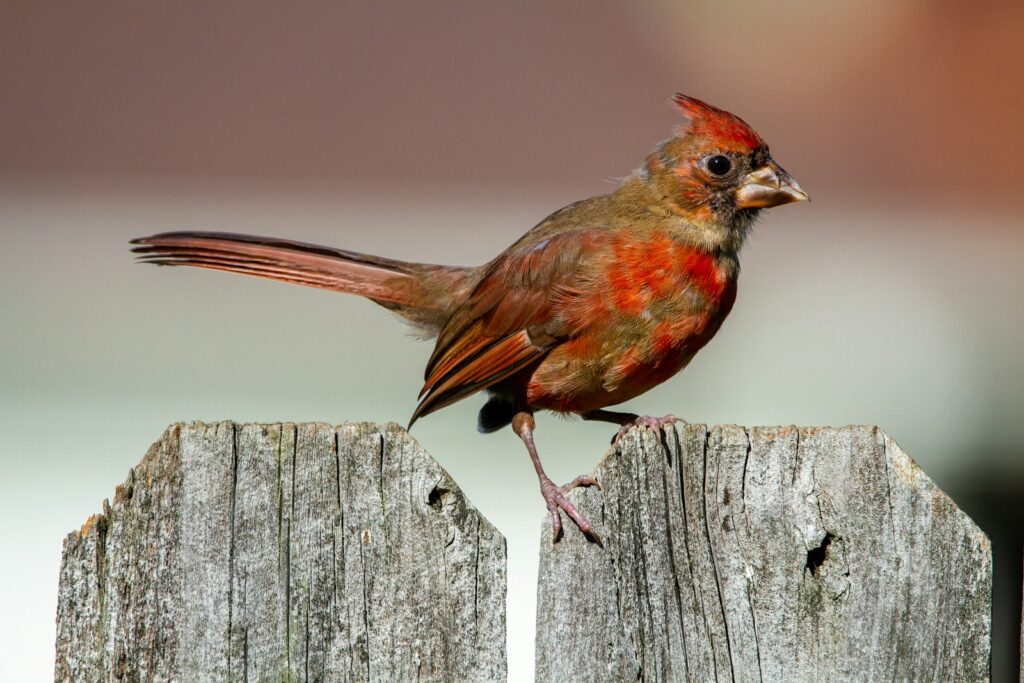
Chinese ornithomancy developed independently from Western traditions but shared many conceptual similarities regarding birds as cosmic messengers. The ancient Chinese divination manual, the I Ching (Book of Changes), includes numerous references to birds as symbolic messengers of fate and cosmic order. Particularly significant was the Red Bird (or Vermilion Bird), one of the Four Symbols of Chinese constellations, representing the southern direction and summer season. Chinese diviners paid special attention to the magpie, whose chattering was carefully interpreted for signs about household fortune and upcoming events. Bird divination in China was often incorporated into broader systems involving astronomical observations and seasonal changes, creating complex prognostication methods that influenced medicine, agriculture, and statecraft throughout East Asian cultures.
Indigenous American Bird Prophecies
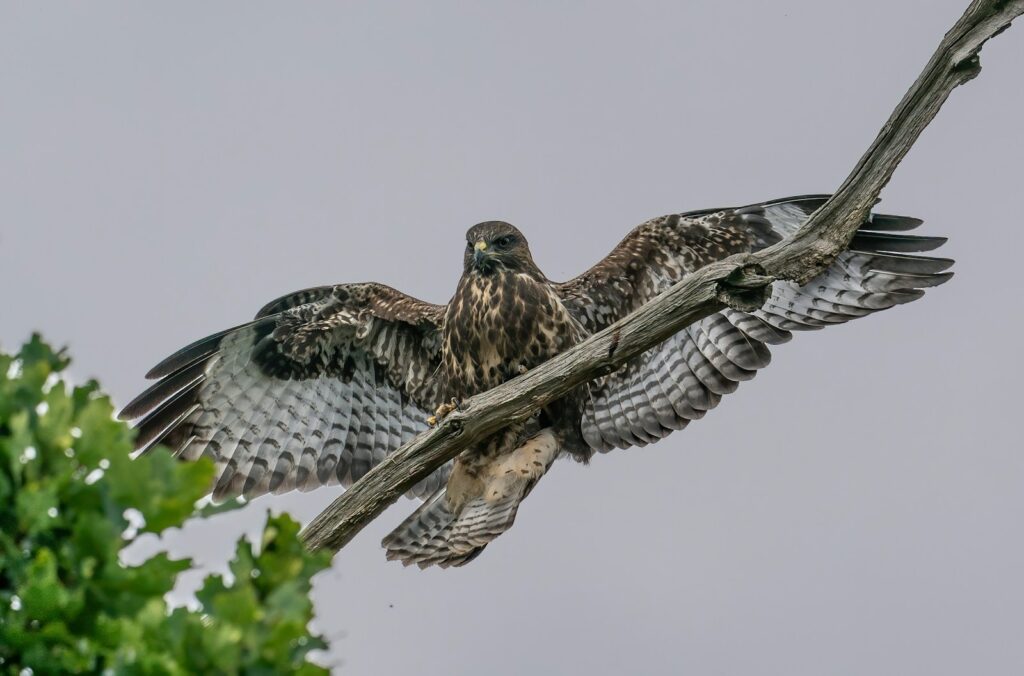
Throughout the Americas, indigenous cultures developed sophisticated bird divination systems reflecting their intimate understanding of local ecosystems and avian behavior. Many tribes considered eagles and hawks as messengers from creator deities, while specific behaviors from woodpeckers, owls, or whippoorwills carried distinct prophetic meanings. The Hopi tradition includes the belief that certain bird appearances signal appropriate times for ceremonies, planting, or hunting. Among many Plains tribes, the appearance of certain birds in dreams carried significant prophetic weight, offering guidance for individual paths or warning of community challenges ahead. These traditions often displayed remarkable ecological awareness, with prophetic interpretations closely tied to actual behavioral adaptations birds display before environmental changes.
Medieval European Bird Superstitions
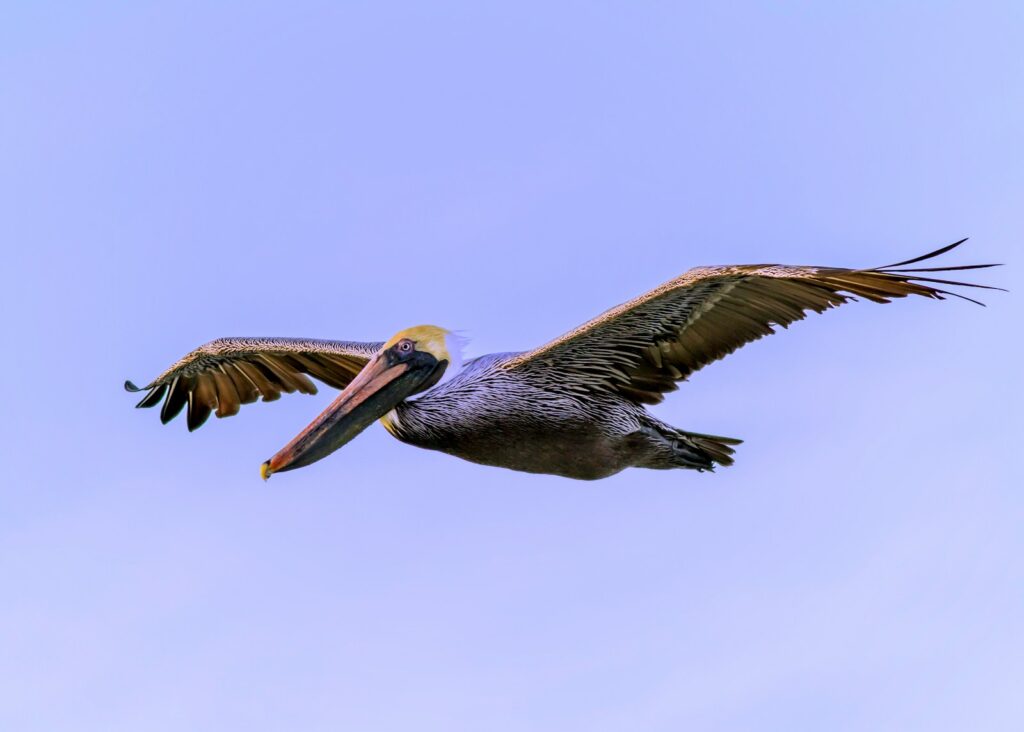
The medieval period saw Christian theology merge with older pagan beliefs about birds, creating a complex tapestry of prophetic associations. Church authorities often condemned formal divination as demonic, yet bird omens remained deeply embedded in popular culture through folklore, agricultural calendars, and household superstitions. Magpies, in particular, generated elaborate counting rhymes still known today: “One for sorrow, two for joy…” predicting future events based on their numbers. Roosters, already significant in Christian iconography for their connection to Peter’s denial of Christ, were believed to crow in response to supernatural presences, making their unusual vocalizations portents of invisible spiritual activities. Folk healers and midwives continued traditions of observing birds to predict health outcomes, birth gender, or life expectancy, practices that survived well into the early modern period despite increasing scientific skepticism.
The Science Behind the Superstitions
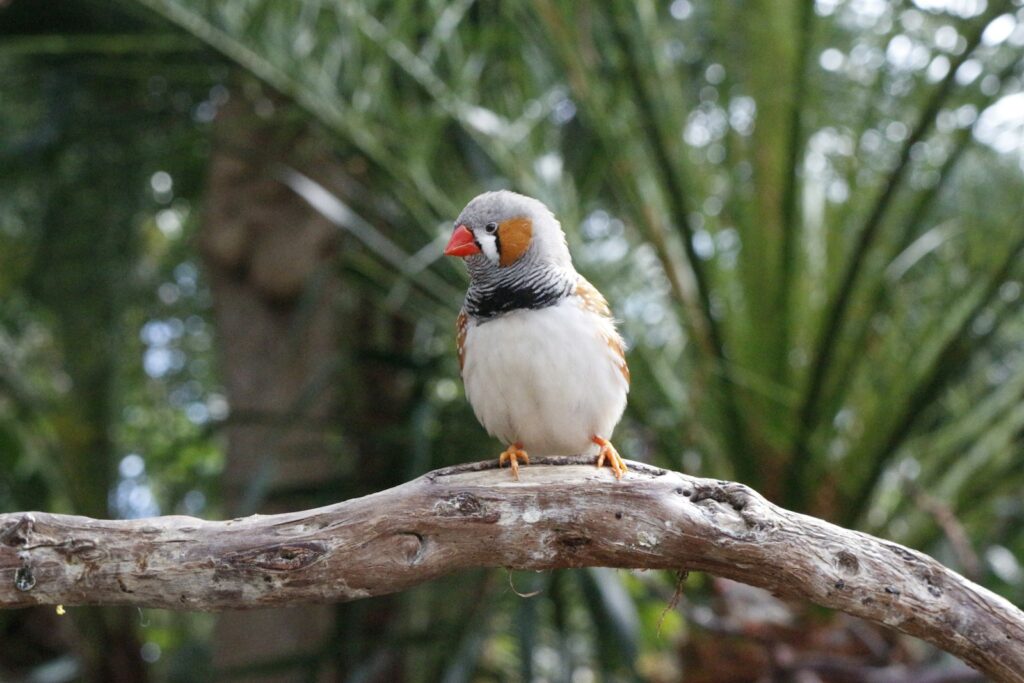
Modern science has revealed that many bird divination practices were grounded in actual biological phenomena, even if the prophetic interpretations were unfounded. Birds possess sensory capabilities far exceeding human perception—some species can detect ultraviolet light, sense Earth’s magnetic field, or detect infrasound from events occurring hundreds of miles away. Migratory birds demonstrate remarkable sensitivity to seasonal changes, while many species show measurable behavioral responses to imminent weather events like earthquakes, storms, or tsunamis. Studies have documented birds abandoning areas shortly before natural disasters, likely responding to environmental cues imperceptible to humans without technology. These biological realities help explain why bird behavior often genuinely did precede significant events, reinforcing prophetic associations even though the birds weren’t foreseeing the future but responding to present environmental conditions.
Bird Prophecy in Literature and Mythology
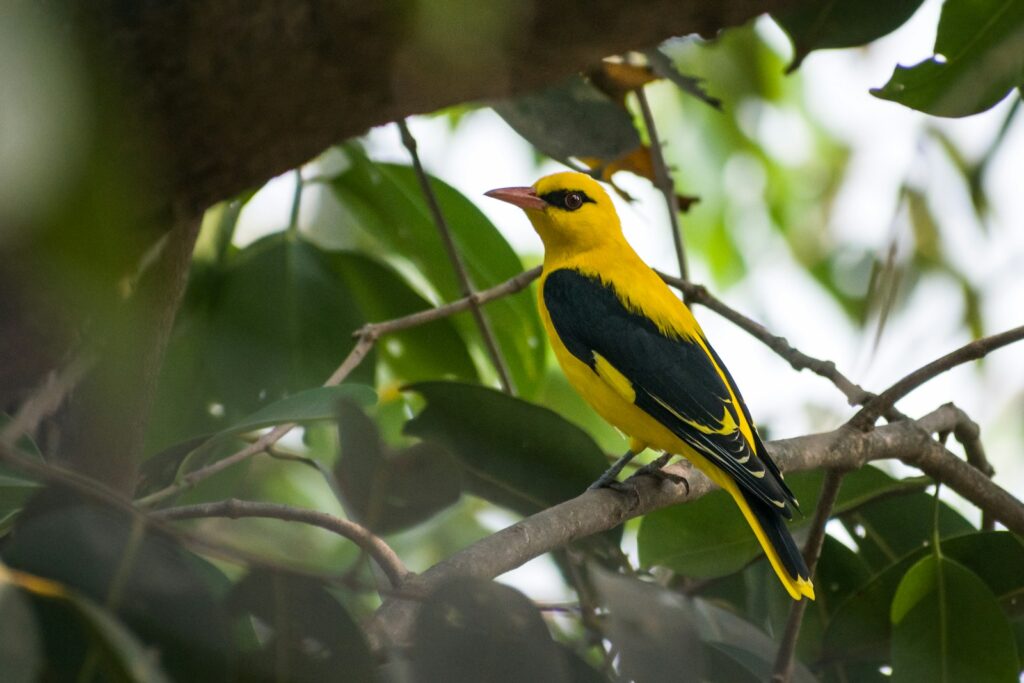
Prophetic birds appear throughout world literature, from ancient epics to modern fantasy, reflecting their cultural significance as harbingers and messengers. In Shakespeare’s “Macbeth,” ravens and crows announce Duncan’s impending murder, while in Norse sagas, Odin’s ravens bring crucial intelligence that shapes the narrative. Ancient Mesopotamian myths feature birds delivering prophetic dreams, while countless folktales across cultures include birds warning protagonists of dangers or revealing hidden truths about the future. These literary traditions reinforced real-world divination practices, creating feedback loops where cultural representations and actual bird-watching traditions influenced each other. The persistence of prophetic birds in contemporary literature and film—from Edgar Allan Poe’s raven to modern fantasy franchises—demonstrates how deeply these associations remain embedded in human imagination even as literal belief in avian prophecy has waned.
The Decline of Bird Divination

Bird divination began losing mainstream scientific credibility during the Enlightenment, as empirical approaches to natural phenomena replaced supernatural explanations. Ornithology emerged as a scientific discipline focused on biological observation rather than prophetic interpretation, studying bird behavior through methodical documentation rather than symbolic reading. Religious reforms in many societies similarly discouraged divination practices as superstitious or even heretical. However, the decline was gradual and uneven—rural communities maintained bird folklore much longer than urban centers, and some cultural contexts preserved ornithomancy traditions well into the modern era. Even today, informal bird superstitions persist in many societies, from considering certain bird encounters lucky or unlucky to maintaining traditions like the ravens at the Tower of London, showing how resilient these ancient associations remain despite scientific explanations for bird behavior.
Modern Echoes of Ancient Beliefs

Though few modern people formally practice ornithomancy, echoes of these ancient beliefs persist throughout contemporary culture in surprising ways. Many common expressions reference bird divination, such as being “under a lucky star” (originally referring to auspicious bird sightings) or considering something “for the birds” (meaningless, like misinterpreted bird signs). Weather forecasting still occasionally references bird behavior in popular wisdom, while many people maintain informal superstitions about birds like magpies or owls without recognizing their divinatory origins. Birdwatching, though now primarily a scientific and recreational activity, retains elements of the observational techniques refined by ancient augurs, with the excitement of spotting rare species echoing the anticipation of meaningful signs. These cultural remnants demonstrate how deeply bird divination shaped human thinking about both the natural world and the future, leaving impressions that outlasted the literal beliefs that formed them.
Conclusion

The ancient belief in birds as prophets and messengers reveals much about humanity’s enduring desire to glimpse the future and find meaning in the natural world. While modern science has provided explanations for the behaviors once interpreted as divine communication, the cultural impact of these traditions remains significant. From literature to language, from art to architecture, the legacy of ornithomancy continues to influence how we perceive birds today. Understanding these historical beliefs not only illuminates past cultures but also reminds us that our current relationships with birds and other wildlife have deep roots in human history—a connection that transcends the boundaries between science and symbolism, observation and imagination.
